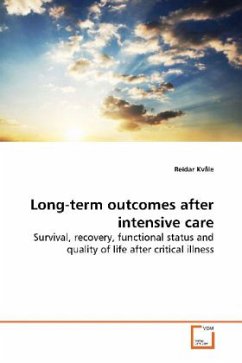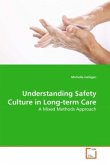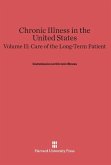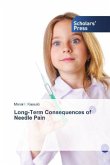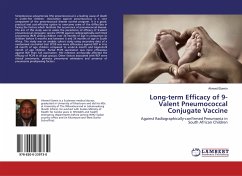Intensive care patients constitute a heterogeneous
group, but they have in common that they suffer from
imminent or established failure of vital organ
functions. Modern intensive care is costly and labor
demanding, but the hospital survival rates of
patients have increased to 70-80%.
So what happens to these survivors after hospital
discarge? Is there a life after intensive care?
There certainly is for the majority of patients.
This book gives an overview of survival, recovery,
functional status and quality of life up to several
years after intensive care. These parameters are of
course of major importance to patients and their
families and relatives, but also to health care
workers and authorities. Recommended tools for
measurement of these outcomes are presented, and
certain areas of concern and possible interventions
are pointed out.
group, but they have in common that they suffer from
imminent or established failure of vital organ
functions. Modern intensive care is costly and labor
demanding, but the hospital survival rates of
patients have increased to 70-80%.
So what happens to these survivors after hospital
discarge? Is there a life after intensive care?
There certainly is for the majority of patients.
This book gives an overview of survival, recovery,
functional status and quality of life up to several
years after intensive care. These parameters are of
course of major importance to patients and their
families and relatives, but also to health care
workers and authorities. Recommended tools for
measurement of these outcomes are presented, and
certain areas of concern and possible interventions
are pointed out.

